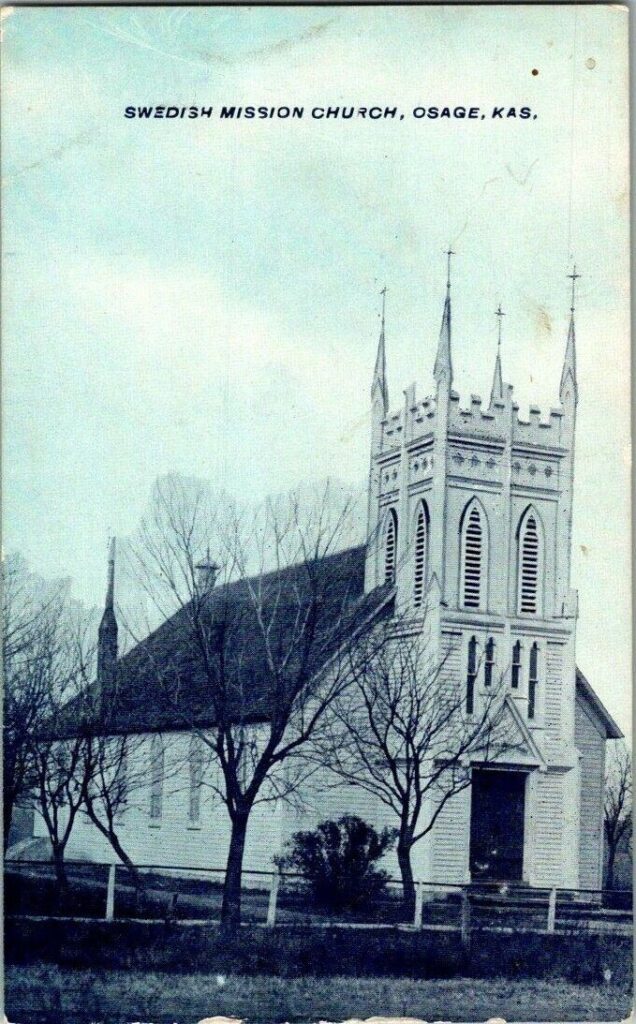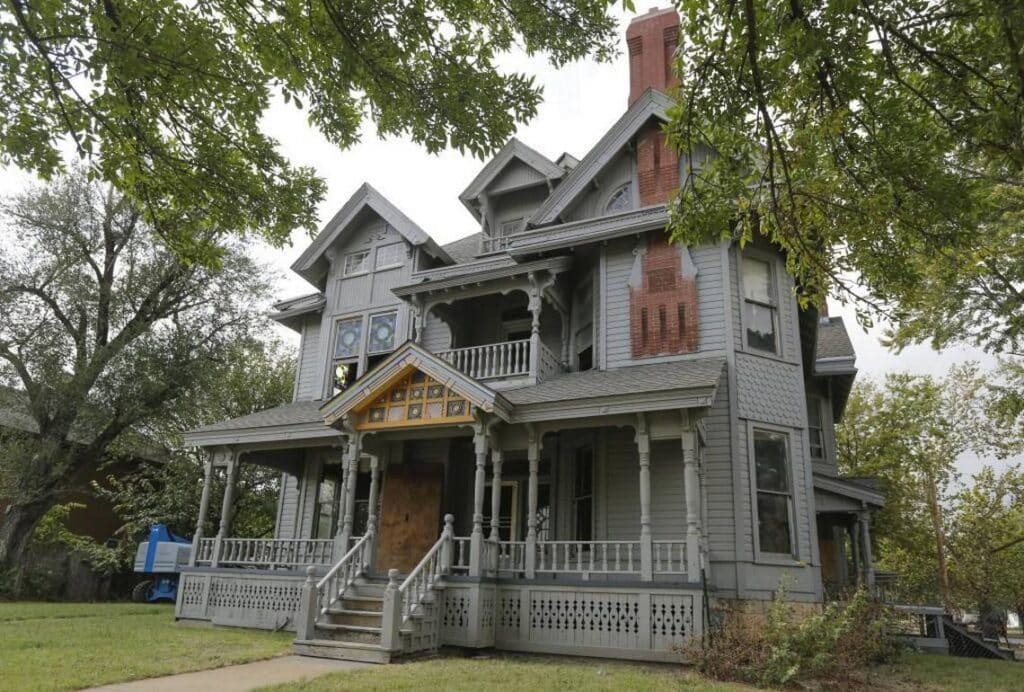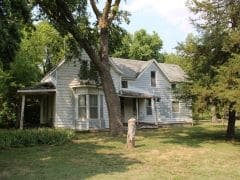Endangered: Vermilya-Boener House
The Vermilya-Boener House is the only structure remaining from a historic farm in a scenic area of level fertile land in the Kansas River valley north of Lawrence. Elijah Wentworth Vermilya worked with Swedish stone masons to construct the stone farmhouse in 1867. It remained the family residence until 1948. Descendants of the Vermilya family …
The Vermilya-Boener House is the only structure remaining from a historic farm in a scenic area of level fertile land in the Kansas River valley north of Lawrence. Elijah Wentworth Vermilya worked with Swedish stone masons to construct the stone farmhouse in 1867. It remained the family residence until 1948. Descendants of the Vermilya family …







